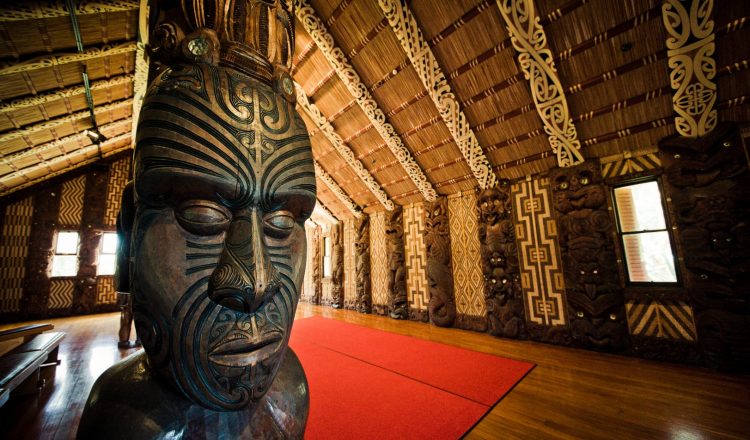미히와 페페하 — 마오리 화법과 인사말
Mihi(미히)는 마오리식 인사입니다. 이는 격식을 차리지 않아도 되는 인사법이지만, 포휘리(Powhiri)와 같은 공식석상에서는 페페하(Pepeha), 또는 간략한 자기 소개의 내용을 담아야 합니다.
이 소개법은 청중들에게 자신의 전통과 출신에 대해 말해줍니다. 즉 자신의 조상, 부족, 가족, 그리고 자신에게 신성한 장소들을 포함시킵니다. 비록 이것이 특히 공식적인 행사나 의례 행사에서 다소 위압적으로 보이기도 합니다만, 자신의 개인적인 이야기를 나누고 전통 유산에 자부심을 가질 수 있는 좋은 기회입니다.
페페하는 상황과 인사하는 사람에 따라 길이와 내용이 달라질 수 있습니다. 일반적으로 화자들은 이름, 출신 지역, 가장 가까운 신성한 산과 강을 말합니다. 상황에 따라 가족이나 직업에 대해서도 언급할 수 있습니다.
예를 들면
인사말과 함께 페페하를 시작합니다. 제일 흔한 마오리 인삿말은 ‘키아 오라(Kia ora)’입니다.
다음으로 “_____”가 신성한 산이라고 말합니다.
“____”는 강입니다
저는 “____” 출신입니다.
“____”는 우리 가족입니다.
내 이름은 “____”입니다.
지명을 말하는 건 키위가 아닌 사람들에겐 약간 어렵게 느껴지기도 할테지만 대부분은 자신만의 페페하를 생각해 낼 수 있으며 하다보면 재밌어요. 자신을 정의내릴 수 있는 장소와 사람들에 대해 생각하고 다른 사람들에게 자신이 누구인지 살짝 엿볼 수 있게 해주는 소개법입니다.
미히와 같이 편안한 인사는 일상적인 대화에 사용할 수 있습니다. ‘키아 오라(Kia ora)’는 한 명에게, 여러명에게 인사할 땐 ‘키아 오라 코토우(Kia ora koutou)’라고 말해보세요. 즐거운 모임 후 헤어질 때, ‘키아 파이 토 라(Kia pai to ra, 좋은 하루 보내세요)’라고 인사하면 됩니다.

















































